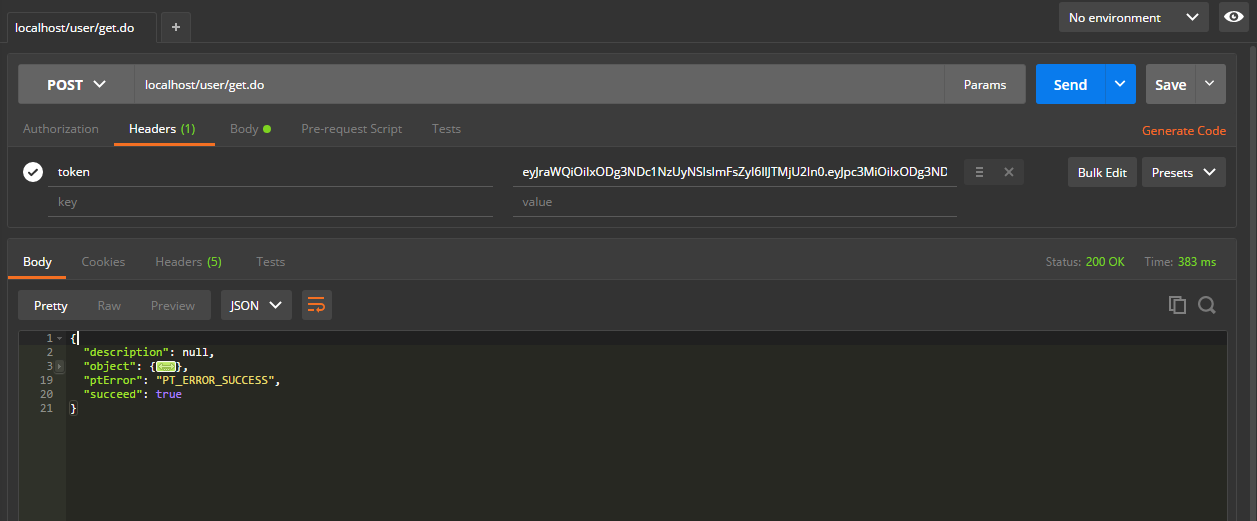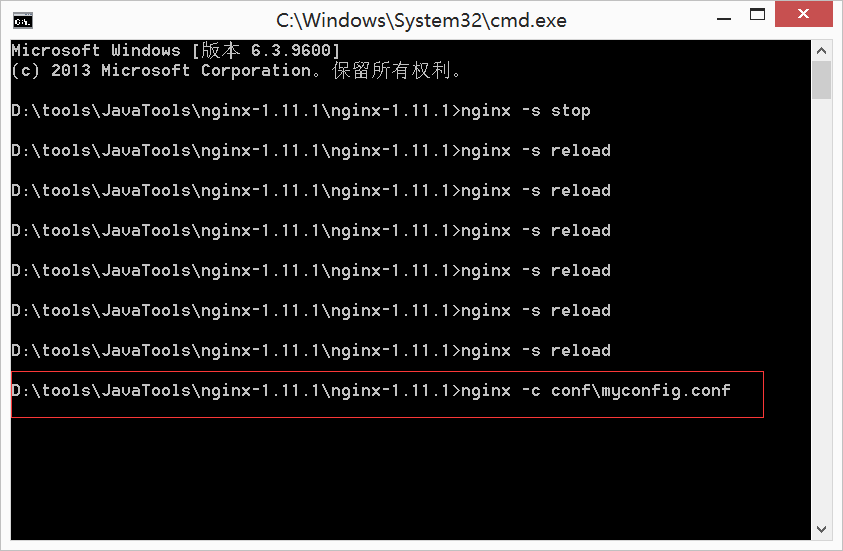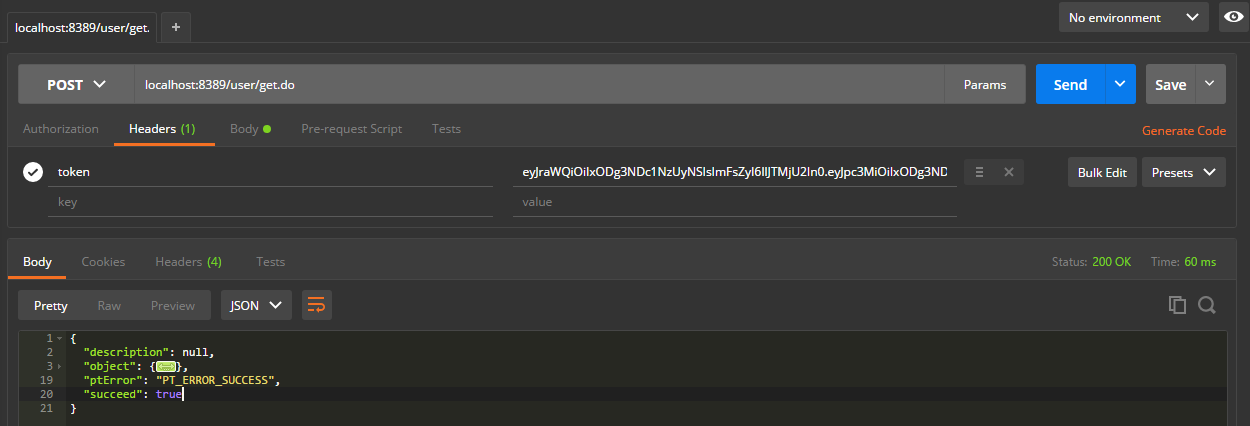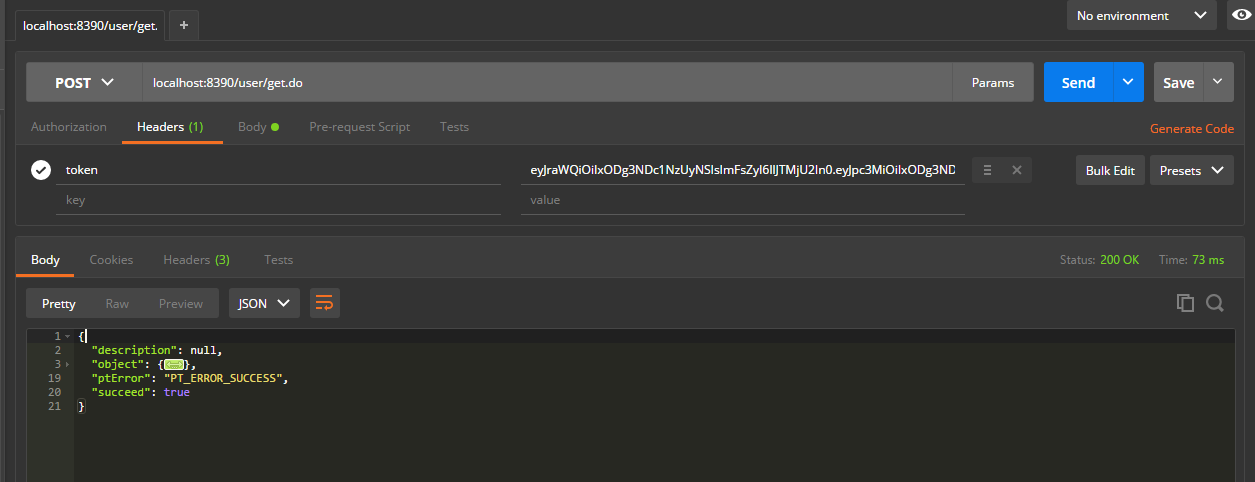由于是开发使用,本文使用windows版本Nginx搭建,
一,安装
1,从Nginx官网下载页面(http://nginx.org/en/download.html)下载Nginx最新版本。
2,下载后解压。
二, 启动和停止Nginx
1,使用默认的配置文件(nginx-1.11.1\conf\nginx.conf)时,双击“nginx-1.11.1\nginx.exe”,会默认加载nginx-1.11.1\conf\nginx.conf配置文件。等同于命令:nginx -c conf\nginx.conf.
2,使用自定义配置文件启动时,进入nginx的解压目录,cmd进入dos命令窗口加载指定配置文件:
nginx -c conf\myconfig.conf.
3,修改配置文件后应重启生效,可以使用命令 nginx -s reload
4,停止Nginx:nginx -s stop
三,配置文件的详细配置
所有配置均在nginx-1.11.1\conf\nginx.conf文件中配置
1,负载均衡配置
nginx 的 upstream默认是以轮询的方式实现负载均衡,这种方式中,每个请求按时间顺序逐一分配到不同的后端服务器,如果后端服务器down掉,能自动剔除。
另外一种方式是ip_hash:每个请求按访问ip的hash结果分配,这样每个访客固定访问一个后端服务器,可以解决session的问题。
upstream request-servers {
#ip_hash;
server 127.0.0.1:8389 weight=10;
server 127.0.0.1:8390 weight=1;
}weight为权重大小,相对值越大权重越高
2,反向代理设置
server {
#监听端口,用于http请求真实使用的端口号
listen 80;
#设置http请求时使用的链接名称
server_name localhost;
#charset koi8-r;
#access_log logs/host.access.log main;
location / {
#设置主机头和客户端真实地址,以便服务器获取客户端真实IP
proxy_set_header Host $host;
proxy_set_header X-Real-IP $remote_addr;
proxy_set_header X-Forwarded-For $proxy_add_x_forwarded_for;
#禁用缓存
proxy_buffering off;
#反向代理的地址
proxy_pass http://request-servers;
}
}3,完整配置
#user nobody;
worker_processes 1;
#error_log logs/error.log;
#error_log logs/error.log notice;
#error_log logs/error.log info;
#pid logs/nginx.pid;
events {
worker_connections 1024;
}
http {
include mime.types;
default_type application/octet-stream;
#log_format main '$remote_addr - $remote_user [$time_local] "$request" '
# '$status $body_bytes_sent "$http_referer" '
# '"$http_user_agent" "$http_x_forwarded_for"';
#access_log logs/access.log main;
sendfile on;
#tcp_nopush on;
#keepalive_timeout 0;
keepalive_timeout 65;
#gzip on;
upstream request-servers {
ip_hash;
server 127.0.0.1:8389 weight=10;
server 127.0.0.1:8390 weight=1;
}
server {
listen 80;
server_name localhost;
#charset koi8-r;
#access_log logs/host.access.log main;
location / {
#设置主机头和客户端真实地址,以便服务器获取客户端真实IP
proxy_set_header Host $host;
proxy_set_header X-Real-IP $remote_addr;
proxy_set_header X-Forwarded-For $proxy_add_x_forwarded_for;
#禁用缓存
proxy_buffering off;
#反向代理的地址
proxy_pass http://request-servers;
}
#error_page 404 /404.html;
# redirect server error pages to the static page /50x.html
#
error_page 500 502 503 504 /50x.html;
location = /50x.html {
root html;
}
# proxy the PHP scripts to Apache listening on 127.0.0.1:80
#
#location ~ \.php$ {
# proxy_pass http://127.0.0.1;
#}
# pass the PHP scripts to FastCGI server listening on 127.0.0.1:9000
#
#location ~ \.php$ {
# root html;
# fastcgi_pass 127.0.0.1:9000;
# fastcgi_index index.php;
# fastcgi_param SCRIPT_FILENAME /scripts$fastcgi_script_name;
# include fastcgi_params;
#}
# deny access to .htaccess files, if Apache's document root
# concurs with nginx's one
#
#location ~ /\.ht {
# deny all;
#}
}
# another virtual host using mix of IP-, name-, and port-based configuration
#
#server {
# listen 8000;
# listen somename:8080;
# server_name somename alias another.alias;
# location / {
# root html;
# index index.html index.htm;
# }
#}
# HTTPS server
#
#server {
# listen 443 ssl;
# server_name localhost;
# ssl_certificate cert.pem;
# ssl_certificate_key cert.key;
# ssl_session_cache shared:SSL:1m;
# ssl_session_timeout 5m;
# ssl_ciphers HIGH:!aNULL:!MD5;
# ssl_prefer_server_ciphers on;
# location / {
# root html;
# index index.html index.htm;
# }
#}
}四,测试
本次测试启动了两套服务,http调用端口分别为:8390,8389
分别测试:
通过Nginx后可以直接使用server_name:localhost+监控端口80访问(80端口可以省略不写):



